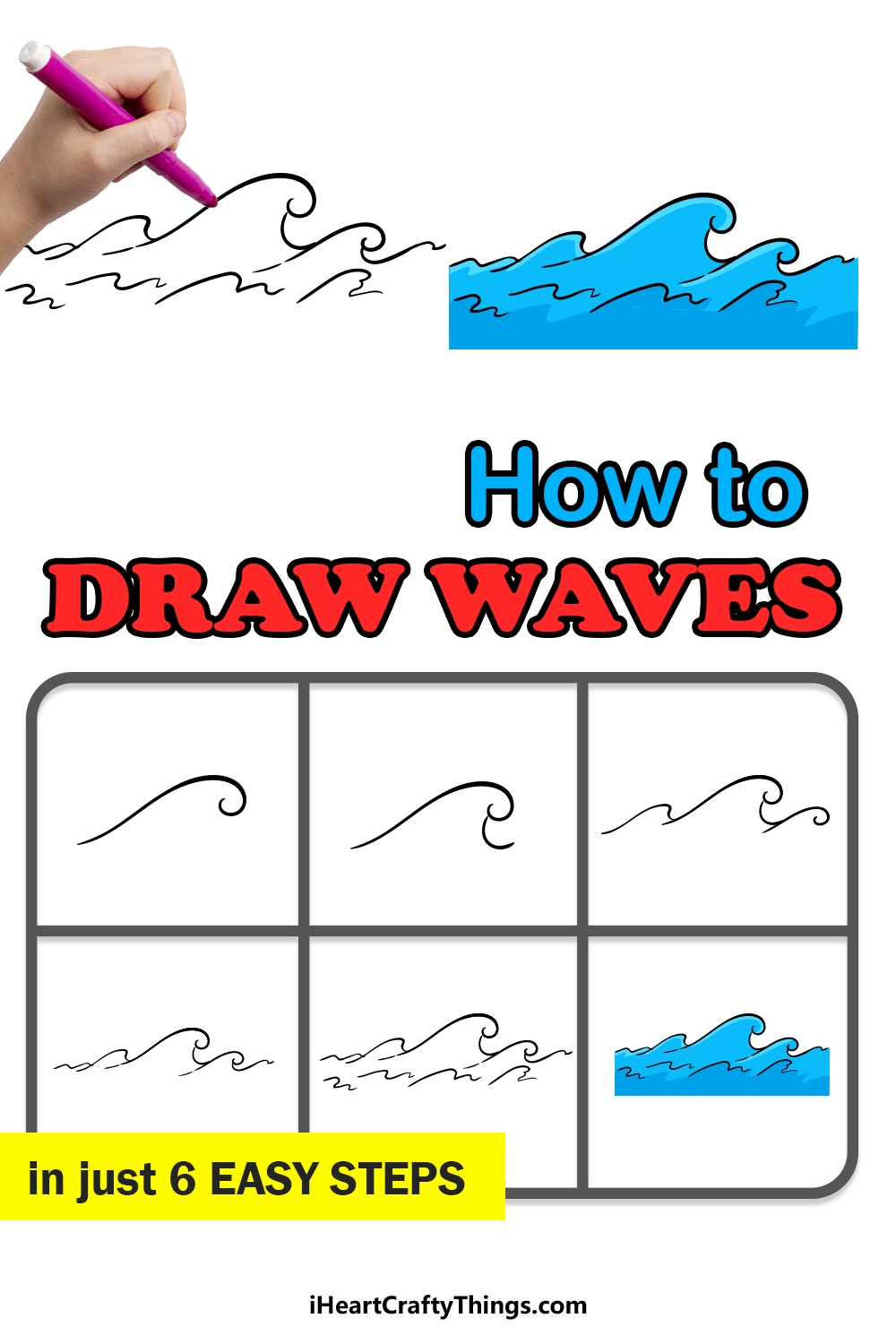Waves are a beautiful and dynamic element of nature that can be challenging to capture in a drawing. Whether you’re a beginner or an experienced artist, learning how to draw waves can be a rewarding and enjoyable process. In this article, we will explore some tips and techniques to help you create realistic and expressive waves in your artwork.
Before you begin drawing waves, it’s important to study and observe them in real life. Spend some time at the beach or near a body of water to observe the movement and shape of waves. This will help you understand the various elements that make up a wave, such as the crest, trough, and foam.
How to Draw Waves
1. Start by sketching the basic shape of the wave using light, flowing lines. Waves can take on various shapes, so feel free to experiment with different sizes and curves. Pay attention to the direction of the wave and the movement of the water.
2. Add details to your wave by shading in the darker areas, such as the trough and the shadowed side of the crest. Use a blending tool or your pencil to create a smooth transition between light and dark areas, giving your wave depth and dimension.
3. To create the frothy and dynamic look of a breaking wave, use quick, short strokes to add texture and movement to the foam. Pay attention to the direction of the foam and the way it interacts with the water, adding realism to your drawing.
4. Experiment with different techniques and tools to create different effects in your wave drawing. Try using a white gel pen or white colored pencil to add highlights and reflections to the water, giving your wave a shimmering and realistic appearance.
5. Finally, don’t be afraid to make mistakes and keep practicing. Drawing waves can be challenging, but with patience and dedication, you can improve your skills and create stunning and realistic wave drawings that capture the beauty and power of the ocean.
In conclusion, drawing waves can be a fun and rewarding artistic endeavor. By studying and observing real waves, practicing different techniques, and experimenting with tools and textures, you can create realistic and expressive wave drawings that showcase the beauty and movement of the ocean.
